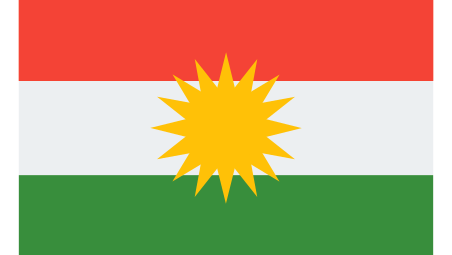Cornea
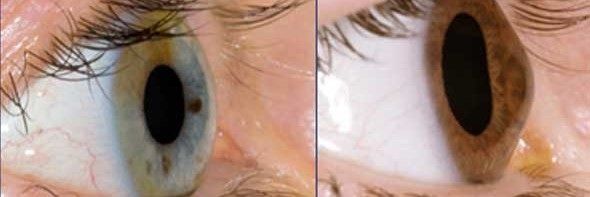
Cornea:
The surface of the eye consists of the conjunctiva and the cornea, which is a transparent structure through which light and images surrounding us enter the eye.
The most common diseases affecting the conjunctiva are dry eye and conjunctivitis, which can be viral, as well as irritation, allergic reactions, entry of strange objects, and abnormal growths in the conjunctiva (pterygium or vermiform).
There are several treatments for the cornea. In the case of keratoconus, we use the technique of crosslinking, fixing the cornea by ultraviolet rays, and also implanting rings inside the cornea. We also carry out corneal transplant operations to treat pathological conditions, starting from the very advanced keratoconus to the state of corneal opacity, as we transplant the cornea after conducting detailed examinations for each patient by choosing the appropriate cornea for each case. We transplant the cornea because we replace the damaged part of the cornea and preserve the healthy part in most cases, the cause of this disease is not known.

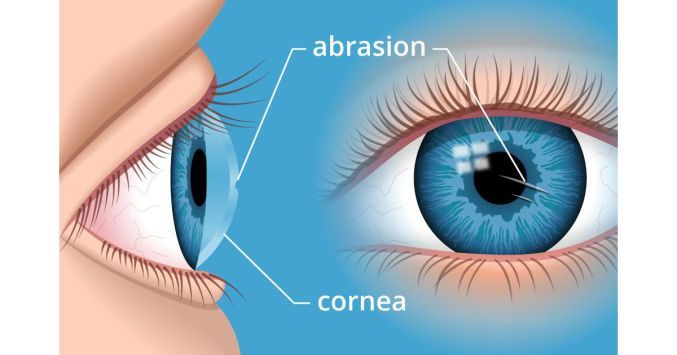
Corneal disease symptoms:
• The appearance of the disease is hidden in its early stages, as it causes a vision weak that can be corrected with glasses and even by examination by a specialist. Clear signs of the disease may not appear, or these signs may be very simple and ambiguous so that the diagnosis can be delayed for a long time.
• Often the patient finds that the glasses levels increase rapidly with each visit to the doctor, that the vision without glasses gets worse and worse, and that the glasses also become uncomfortable.
• At a later stage, vision becomes bad, even with glasses, and the patient often notices that the sharpness of vision varies greatly from one position to another. He/she may also complain of seeing halos around things. In the later stages of the disease, cracks may occur in some patients in the inner surface of the cornea. This causes severe edema and severe eye pain
Corneal disease treatment:
Corneal transplantation is a high-cost process that requires frequent monitoring and visits to the specialist for a period of up to a full year. The electrode is removed for the graft after a period of no less than six months after the surgery.
There is currently a very simple and modern surgical treatment for keratoconus that depends on the implantation of a special ring in the thickness of the cornea so that this ring is compressed in a certain way that leads to reducing the curvature of the cornea.
Special adhesive and those who have keratoconus of medium severity.
The most prescribed lenses for keratoconus are ROSE-K, which are American lenses that are very well known worldwide in the field of keratoconus, and the lens takes 3 weeks after the examination to arrive. In second place are lenses from Ciba Vision, a British company that is the largest producer of contact lenses in the world.
The Simple and undeveloped cases can only be treated with eyeglasses, and there is no medicine so far used to treat the cornea.
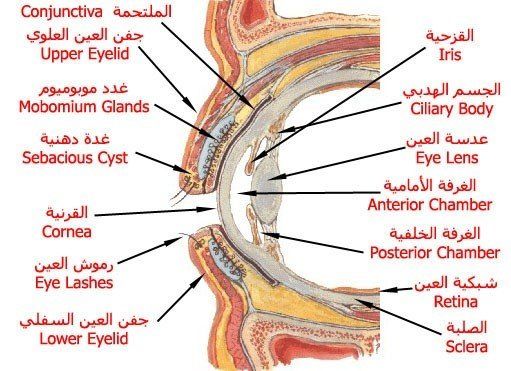
Corneal transplant (PKP)
It is a surgical operation in which the damaged or diseased cornea is replaced with a healthy one. When the entire cornea is replaced, this is known as penetrating keratoplasty, and when only the damaged tissue is replaced by the cornea, it is called (Lameller keratoplasty); The donated cornea (so that the cornea is healthy and does not have any disease or factor affecting it).
The cornea is the transparent front part of the eye that covers the iris (the colored part of the eye) and between them the anterior chamber of the eye.
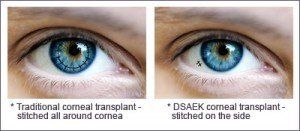
Corneal transplant (Dsek)
There are many methods used for corneal transplant surgery. The old method involves removing the affected cornea completely and fixing the healthy cornea with sutures (sutures). However, when using modern methods, which use precise devices such as lasers, only part of the cornea (DSEK) is removed. Also, there are other types of corneal transplantation methods.
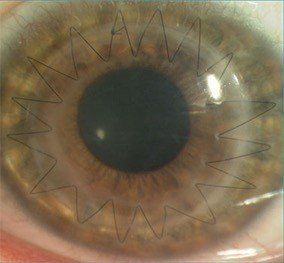
Corneal transplant (Dalk)
In deep anterior corneal transplant surgery, the top three layers of the cornea are removed and replaced with other layers from an organ donor, resulting in a partial thickness corneal replacement. This surgery gives 90% of patients the ability to see and drive vehicles, but they may need to wear glasses or contact lenses, or they may need to have another surgery. It may take up to 18 months to fully recover from this surgery. DALK corneal transplant surgery carries some risks, but the incidence of serious complications is rare. The patient's body may also reject the new cornea, but this happens in less than 10% of cases within a period of two years after surgery. This situation is easier to treat because the rejection of the new cornea does not affect the inner layers of the cornea. The risk of DALK surgery is usually low. However, this type of corneal transplant surgery does not achieve excellent vision, as is the case in complete corneal replacement surgery.
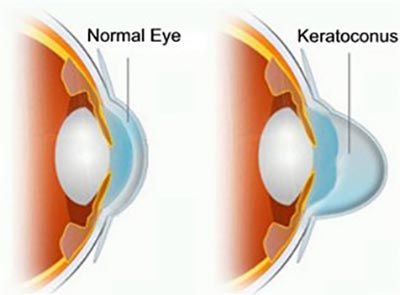
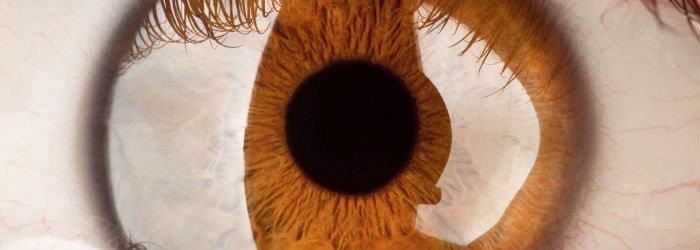
Corneal Cross-Linking
Keratoconus stops developing and vision improves in many cases. The treatment is a proven, alternative and effective way to avoid the need for a corneal transplant.
Keratoconus and Astigmatism
Keratoconus is a disease that leads to a mutation in the cornea that takes a conical shape instead of a spherical shape, and the disease can continue to progress leading to the development of irregular astigmatism in the eye. In most cases, it cannot be corrected with glasses, not even with hard contact lenses. It almost always affects both eyes, although it is asymmetric, in that it generally progresses in one eye more quickly.
“Hence the importance of the early application of the technique of (Cross-Linking) that can avoid implantation in many cases, which otherwise, it would have been inevitable in the end,” explains the ophthalmologist. In general, young patients suffer from the most severe cases. Conversely, after the age of forty, keratoconus does not develop, as age makes the cornea naturally hard.


